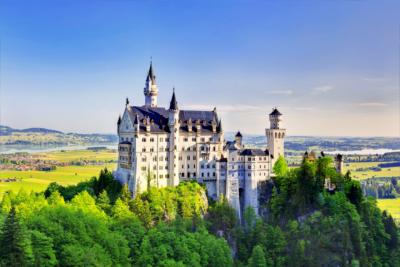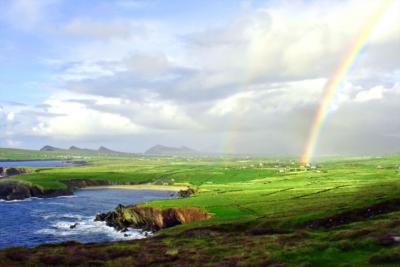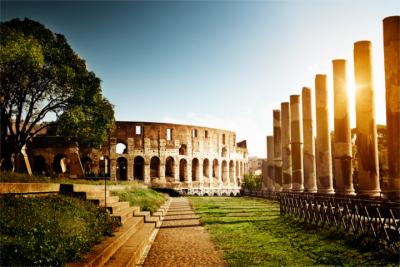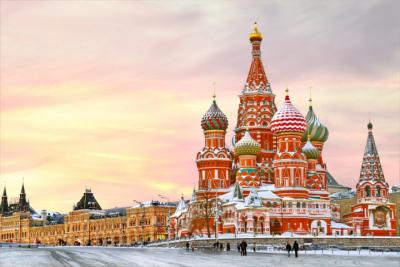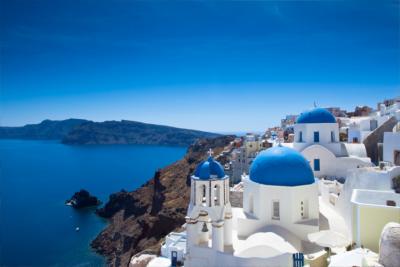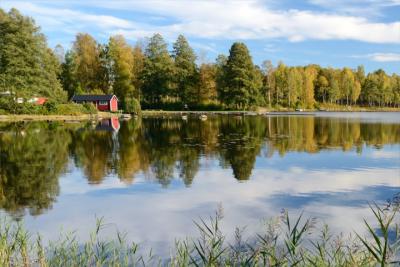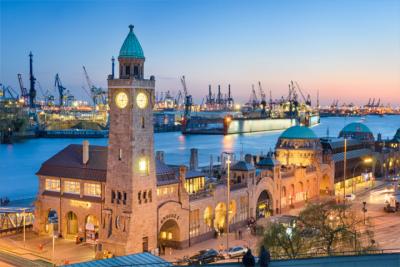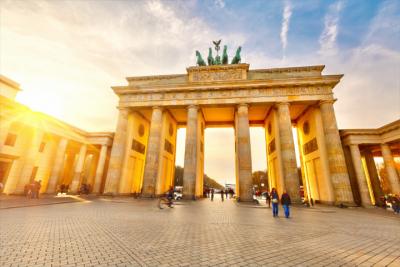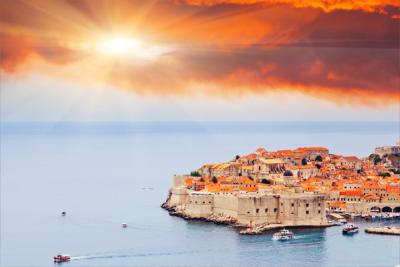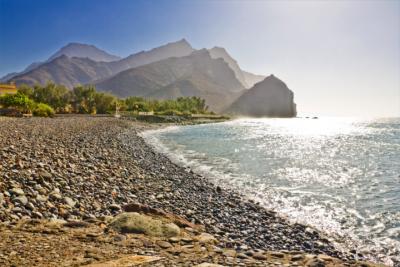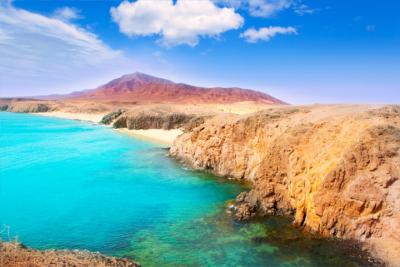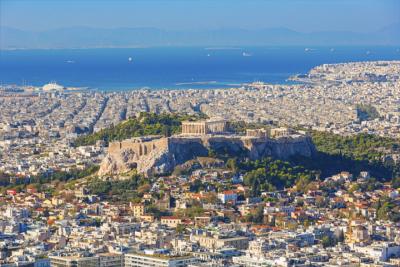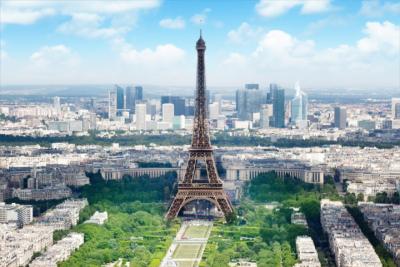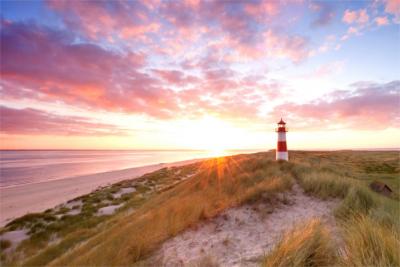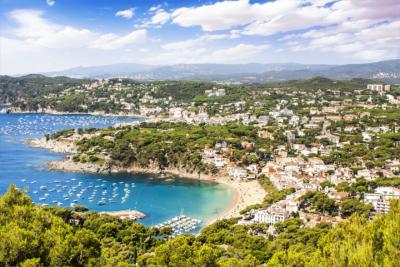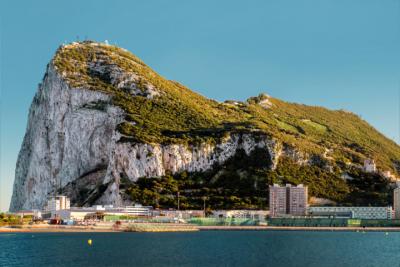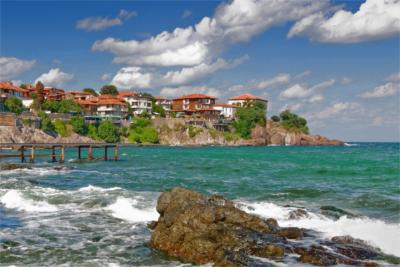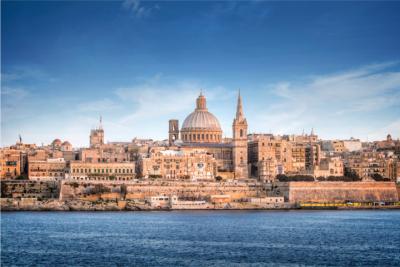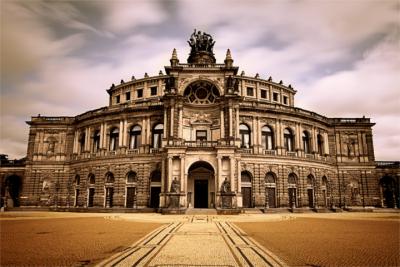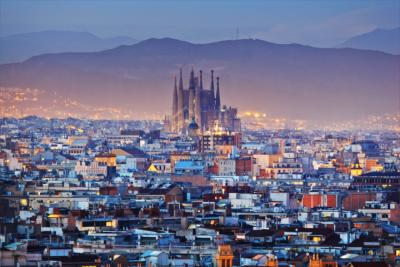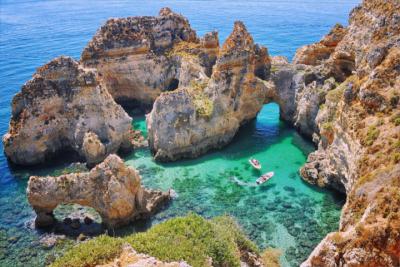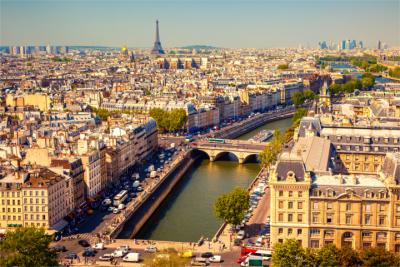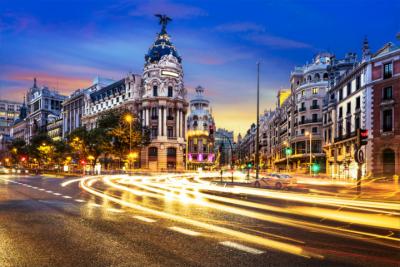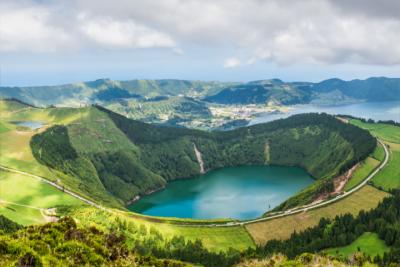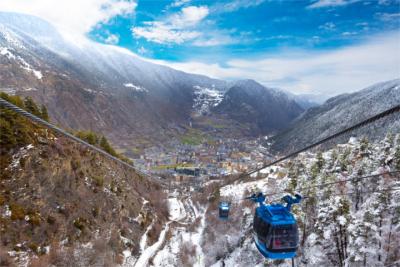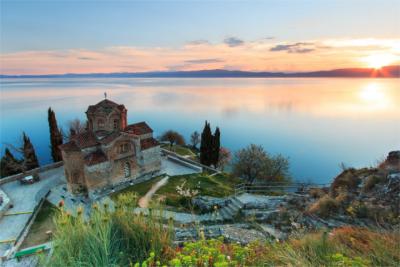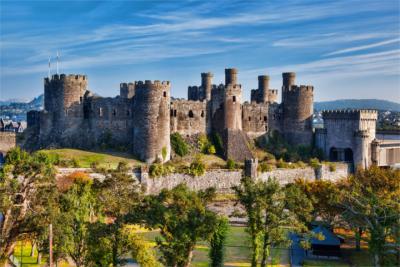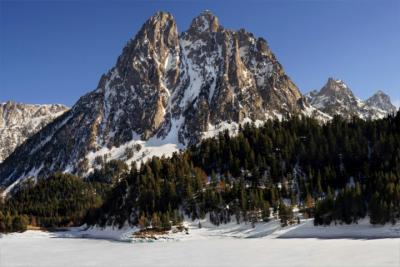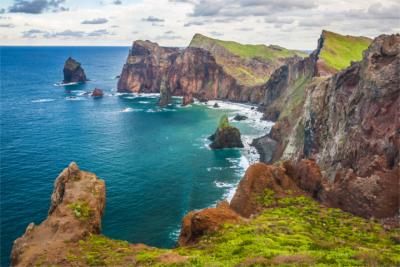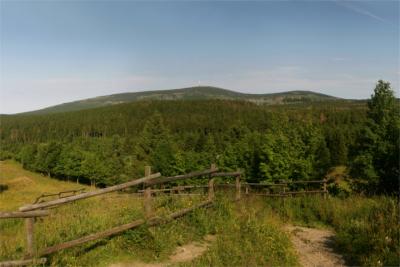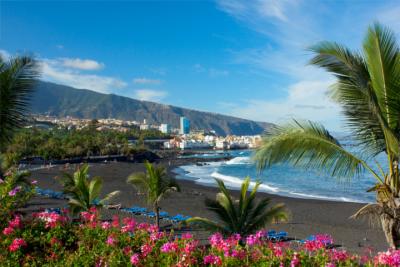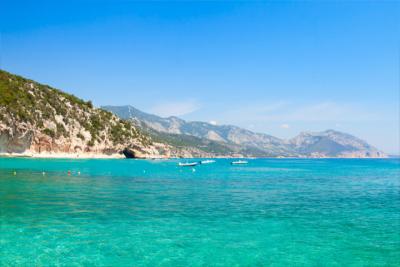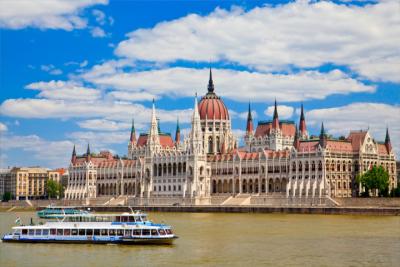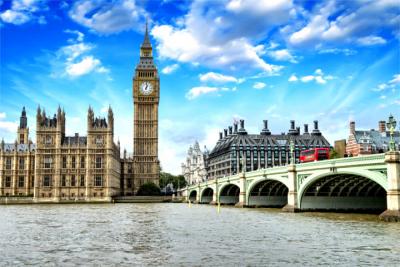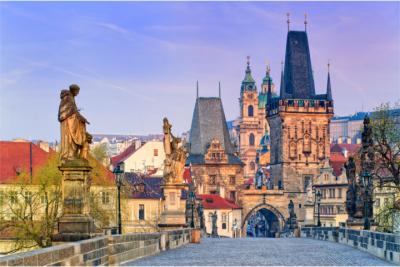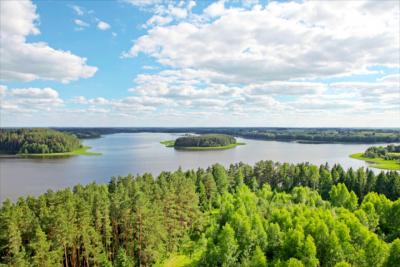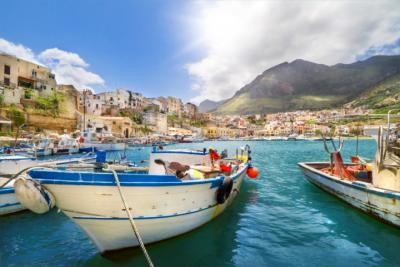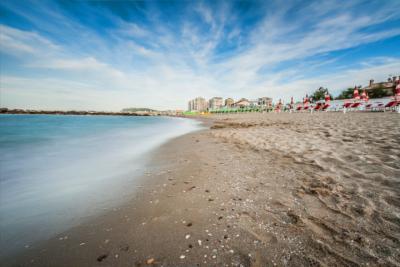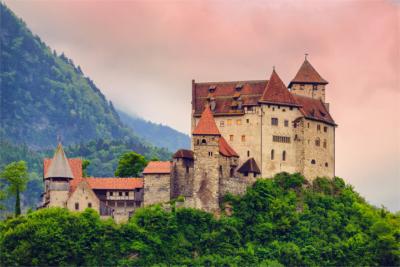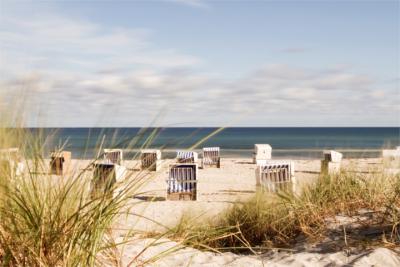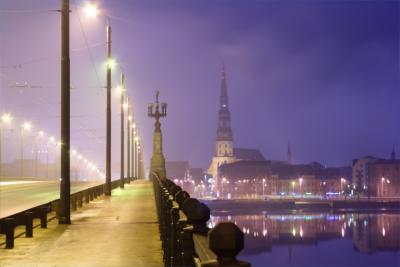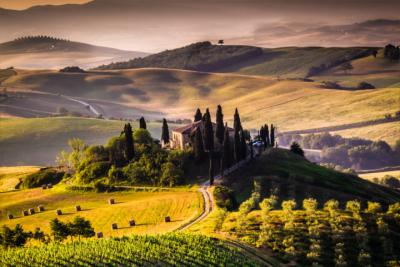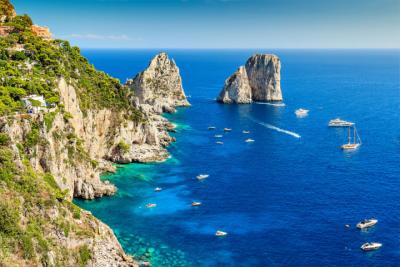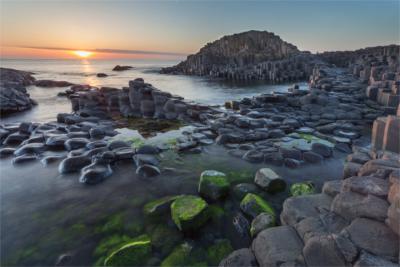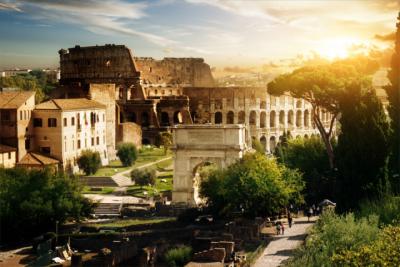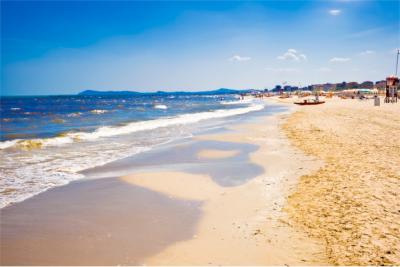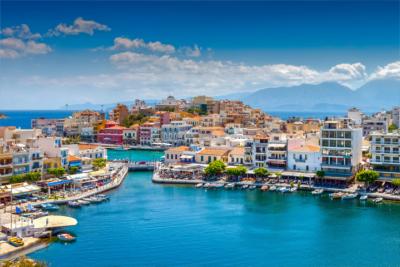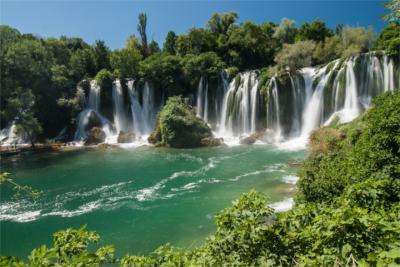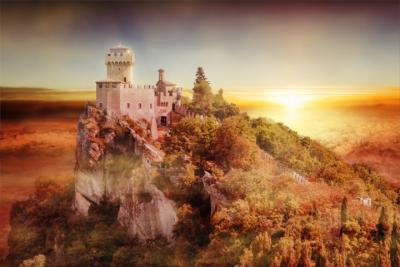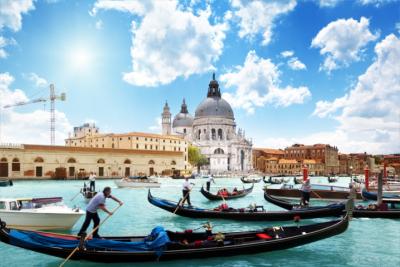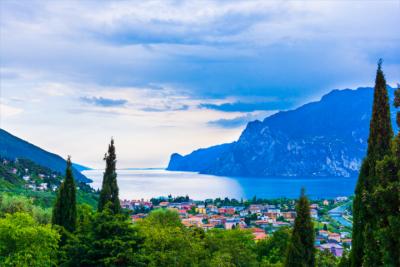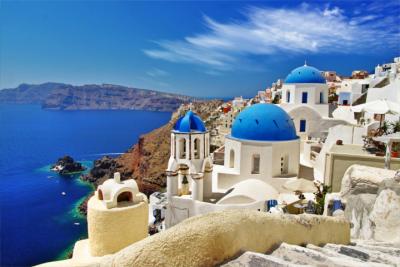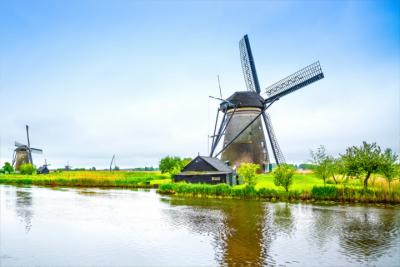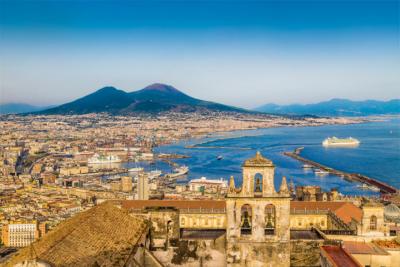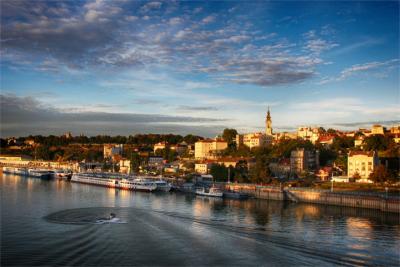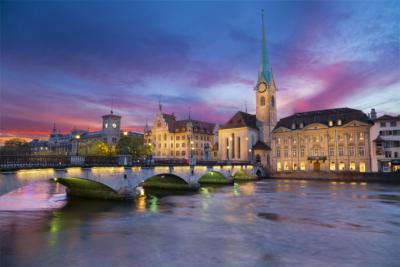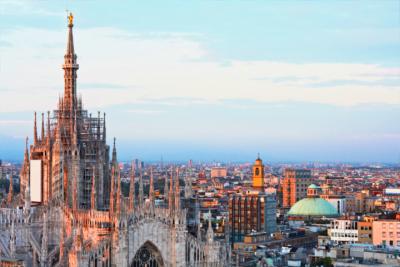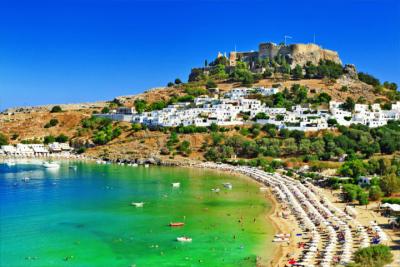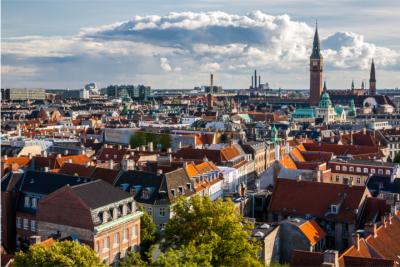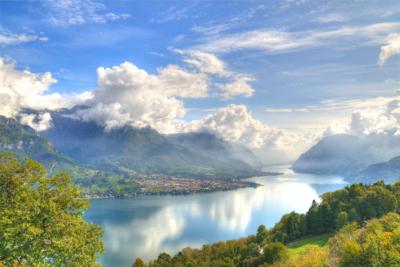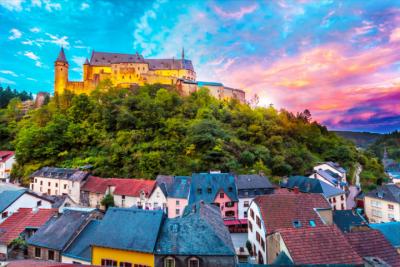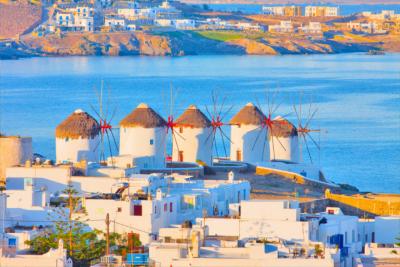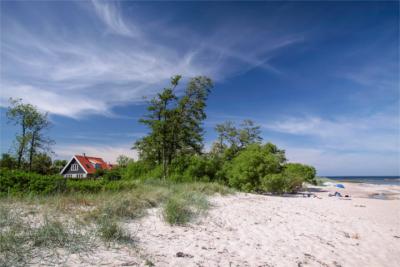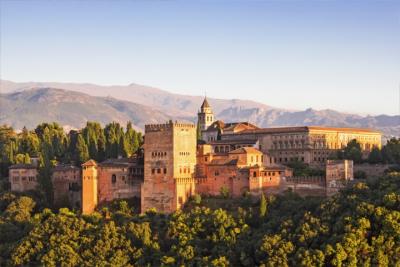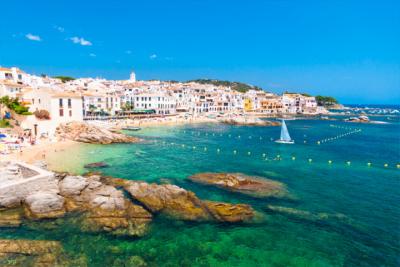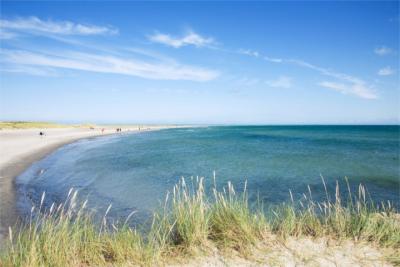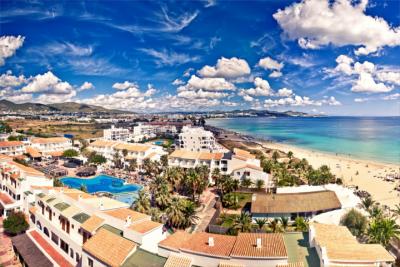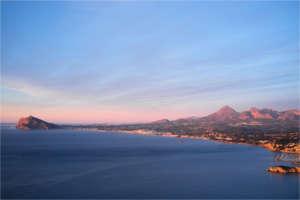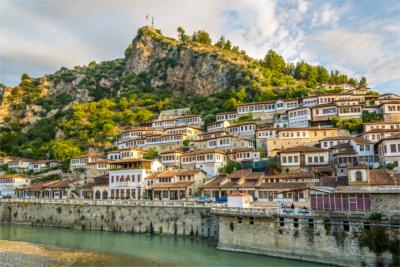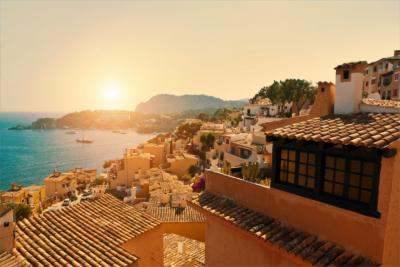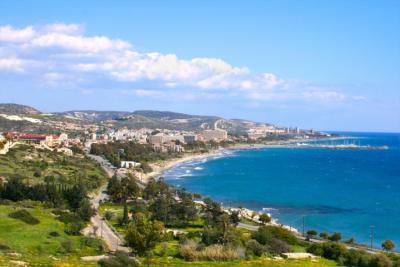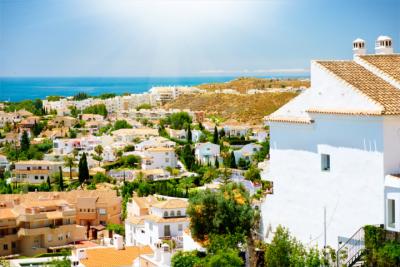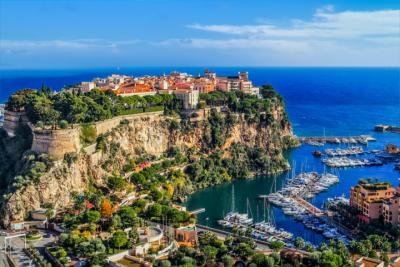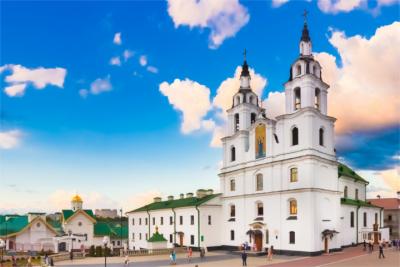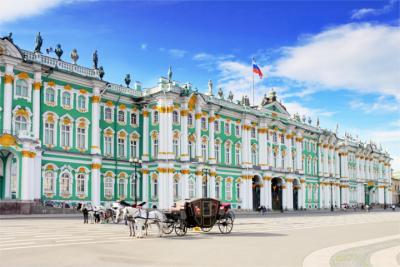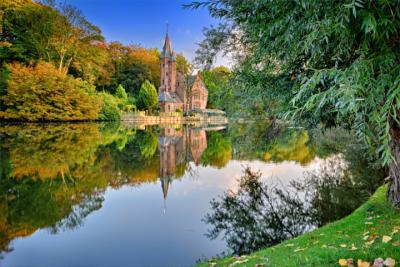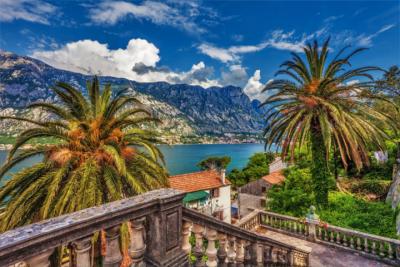Travel Offers
Travelmyne Featureprint
Distance
Athens - Europe's First Cultural Capital
Towering above Athens, you see the city's landmark, the Acropolis. Visitors travel back into ancient times while they enjoy the city's rich culture or relax in one of the many parks.

Geography - Greece's biggest city
The capital of Greece is a collection of several suburbs with Athens itself as the centre. It lies in the region of Attica in the south of the country. Athens was first settled about 5,000 years ago, which makes it one of the world's oldest cities. With an area of 38.96 km² and a population of 664,046 people, Athens is both the country's largest and most densely populated city. It is divided into seven regional units and including all suburbs, it has 3.4 million inhabitants. Athens is enclosed by the mountain ranges of the Hymettus (1,026 m), Pentelikon (1,107 m), Parnitha (1,413 m) and Aegaleo (468 m) on three sides. The fourth side opens towards the sea, the Saronic Gulf. The highest peak is Lykavittos Hill with a height of 277 metres. Due to the mountains surrounding the city, the climate is very hot and dry. Temperatures can reach over 40 °C in the shade in summer. In winter, cold surges from the north often occur. There are over 2,800 hours of sunshine and no less than 348 sunny days per year.

Nature - Parks as places of tranquillity in the vibrant city life
Athens accommodates several smaller and larger parks, which give locals and travellers opportunities to escape city life. You can relax in the National Garden with the Botanical Museum, which has an area of 15.5 hectares, near Syntagma Square, for example. Another great park is Kifissia Park, which contains numerous fountains and juicy green spaces. Pedion Areos Park has an area of 27.7 hectares, which makes it one of the largest public parks in Athens.
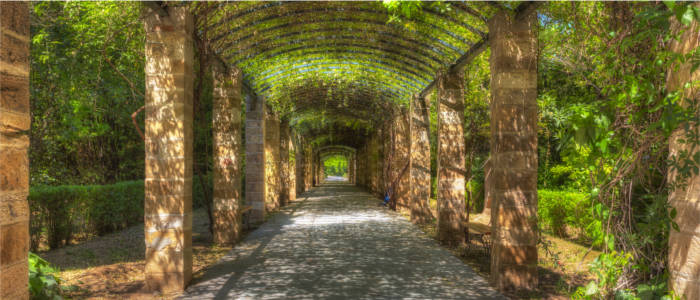
Culture - Experiencing history
According to legend, the city was named after the Greek goddess Athena, which was courting the inhabitants of the nameless city with Poseidon, the God of the Sea. The god who made the inhabitants the most beautiful gift was going to be the city's patron saint. While Poseidon gave them a fountain, which only contained salt water, Athena gave them an olive tree. The tree provided the population with olive oil and wood. Therefore, Athena won and the city was named after her. Today, Athens is the cultural, historical and economic centre as well as the most significant metropolis in Greece. In 1985, it became the first European cultural capital. In 1987, the Acropolis with the Parthenon became part of the UNESCO World Cultural Heritage, followed by Daphni Monastery in 1990. The Acropolis is the city's oldest complex and Athens' landmark. It was built around 1300 BC. Daphni Monastery is from the 11th century and most of all known for its Byzantine mosaics. Athens' cityscape is very heterogeneous. Almost all eras from antiquity to the present are reflected in the city's architecture. The most important public buildings such as the Theatre, the Court, the Parliament House, the Zappeion Exhibition Hall, the cathedral and the city hall are classical buildings. Athens offers a rich cultural landscape with numerous museums. The two most significant museums are the National Archaeological Museum and the Acropolis Museum. The Museum of the Greek theatre, the Byzantine Museum and the Museum of Cycladic Art also worth a visit. A special highlight is the Olympieion, one of the greatest temples in ancient Greece, and the Odeon of Herodes Attikus, which is a well-known amphitheatre. An equally impressive building is the Trilogy of Athens, which consists of the Old University, the National Library and the Academy of Athens.

Experience - Of Evzones and ouzeris
Good company during meals is as important to Athens' inhabitants as the food itself. Every district has its own taverns, in which friends and families gather from 9 p.m. on. Typical dishes are Bekri Meze (pork goulash), Briám (baked vegetables), Choriátiki Saláta (Greek salad), Dolmádes (stuffed vine leaves), Moussakás (potato casserole with eggplant) and Souvláki (pork or lamb on a skewer). Waiters always put a basket filled with white bread on the table as a side. The coffee houses (kafenía), in which mostly men meet to talk about everything and anything, discuss politics and play games, are typical of the city. Travellers should not miss out on a visit to an ouzeri. The aniseed liqueur ouzo is a Greek national drink and is often ordered in bottles or carafes. Depending on the season, people have various snacks to eat (mesédes) like grilled squids, mushrooms, snails or beans. The city centre, where you find Syntagma Square, is the Emporiko Trigono. It accommodates the parliament building, where the hourly changing of the guard, called "Evzones" (soldiers of the former royal guard), takes place in front of the Tomb of the Unknown Soldier. Athens is most of all known for its vibrant nightlife with countless clubs and bars. In addition, there is a great number of shopping facilities. The shops are opened until 9 p.m. but there is a lunch break between 1.30 and 3.30 p.m.

Activities - Exploring Athens in a typical carriage
You can reach the many Greek islands by ship from the nearby harbour in Piraeus. Visitors who prefer to stay on the mainland are advised to go on a day trip to Delphi or the Temple of Poseidon. Near Syntagma Square you see the district of Kolonaki, from which you can take the cable car to Lykavittos Hill. The Hill offers a beautiful view of the city. To explore the city, you can take one of the many sightseeing buses or go on a ride with a horse-drawn carriage. In summer, there are many open-air cinemas with English films and Greek subtitles, which are shown between 9 and 11 p.m. If you have had enough of city life, you can retreat to the beaches and enjoy the sea.

Information
Athens can easily be reached by plane. The Athens International Airport Eleftherios Venizelos (ATH) is the most important one in the country. If you want to arrive by car, you should take the ferry from Italy to Patras and continue your journey to Athens on the motorway. In addition, visitors can arrive by ship. The harbour is located in the city of Piraeus, which is ten kilometres away. From Piraeus, you can take the underground or a bus to Athens. Most locals know English very well, so that holidaymakers get along using it, especially in the city centre.
The centre of antiquity fascinates with its wide range of cultural and historical sites and promises a city trip which is not only a memorable experience for amateur archaeologists. Visitors can relax in one of the parks or coffee houses during the day and enjoy ouzo with the locals in a tavern at night.

